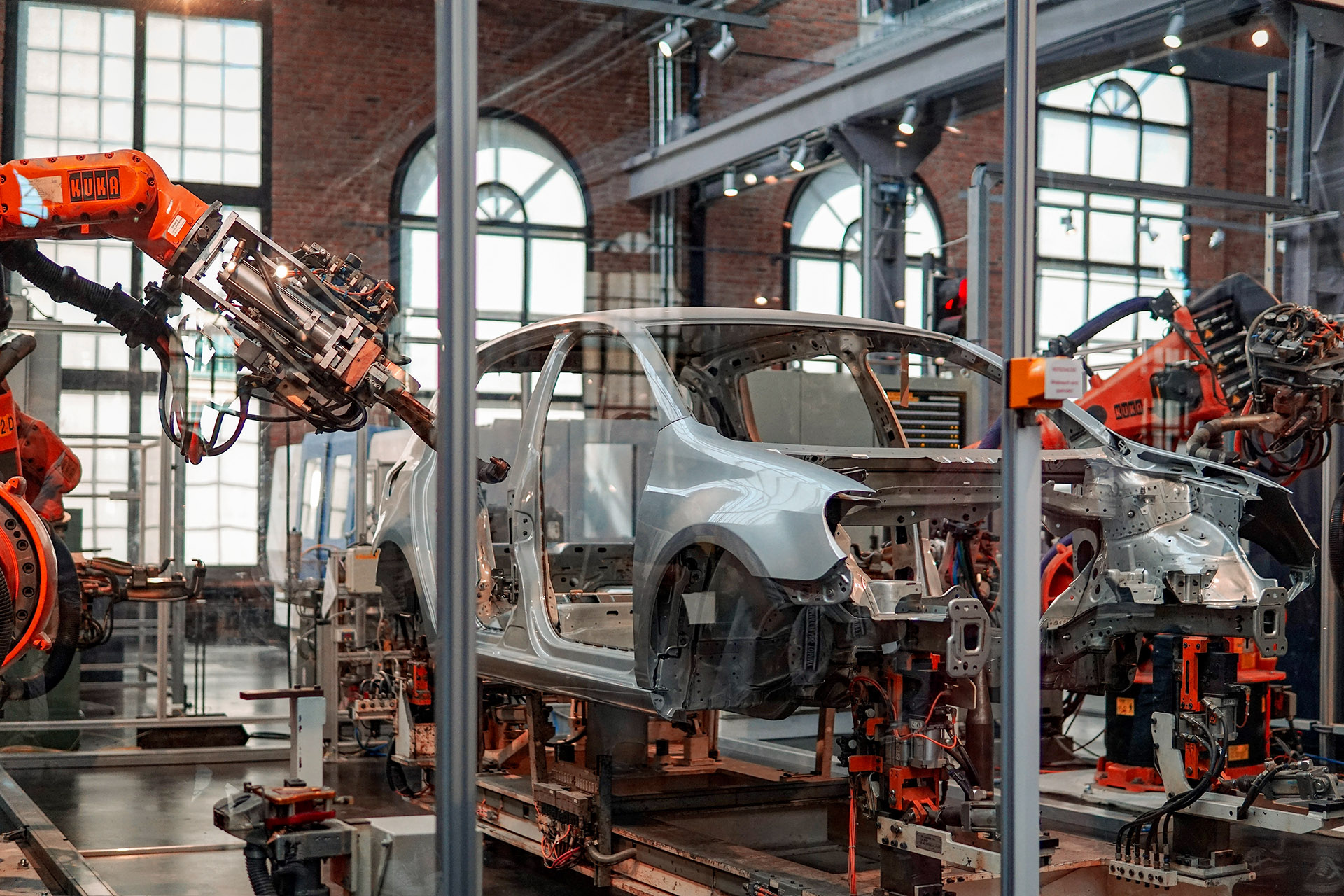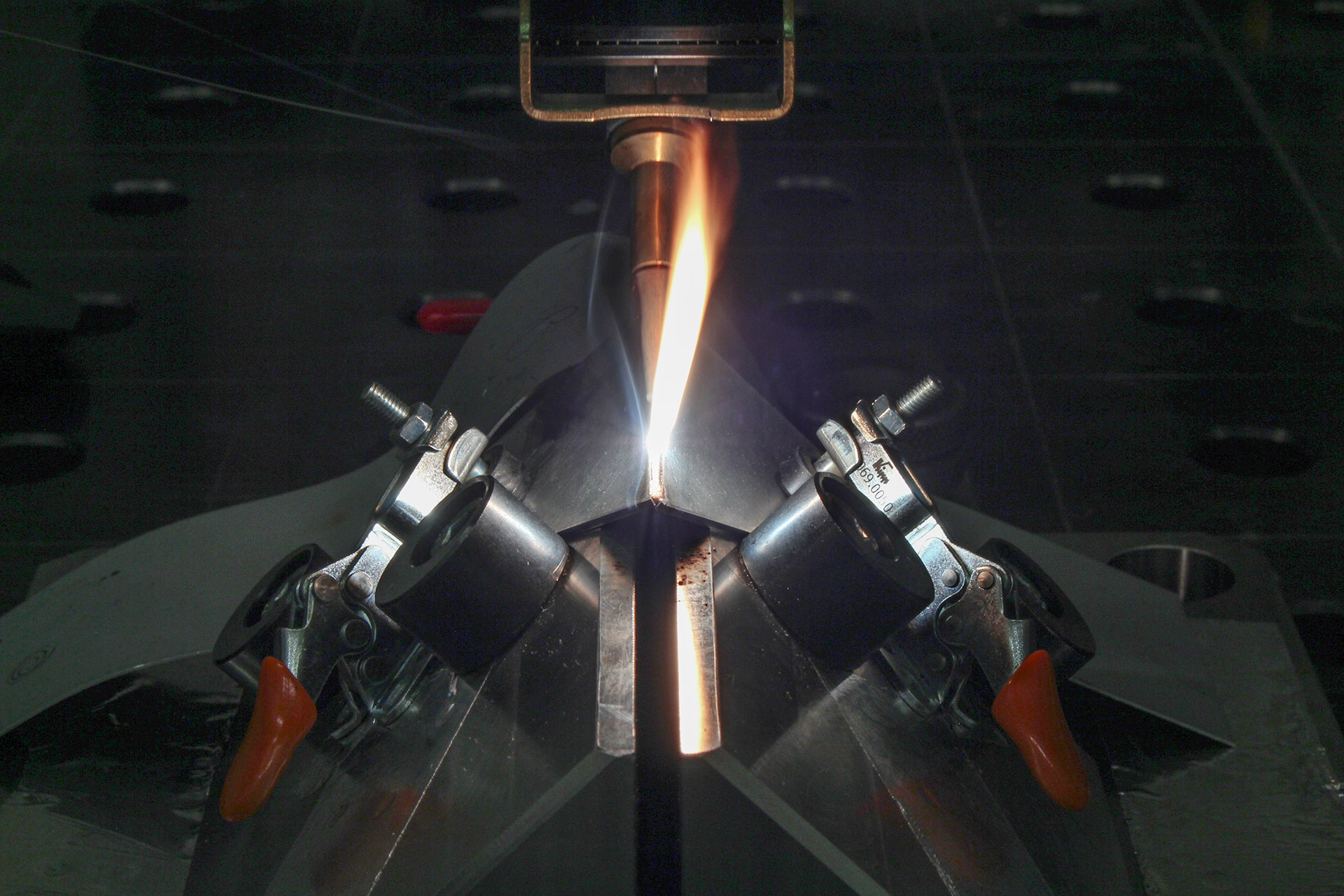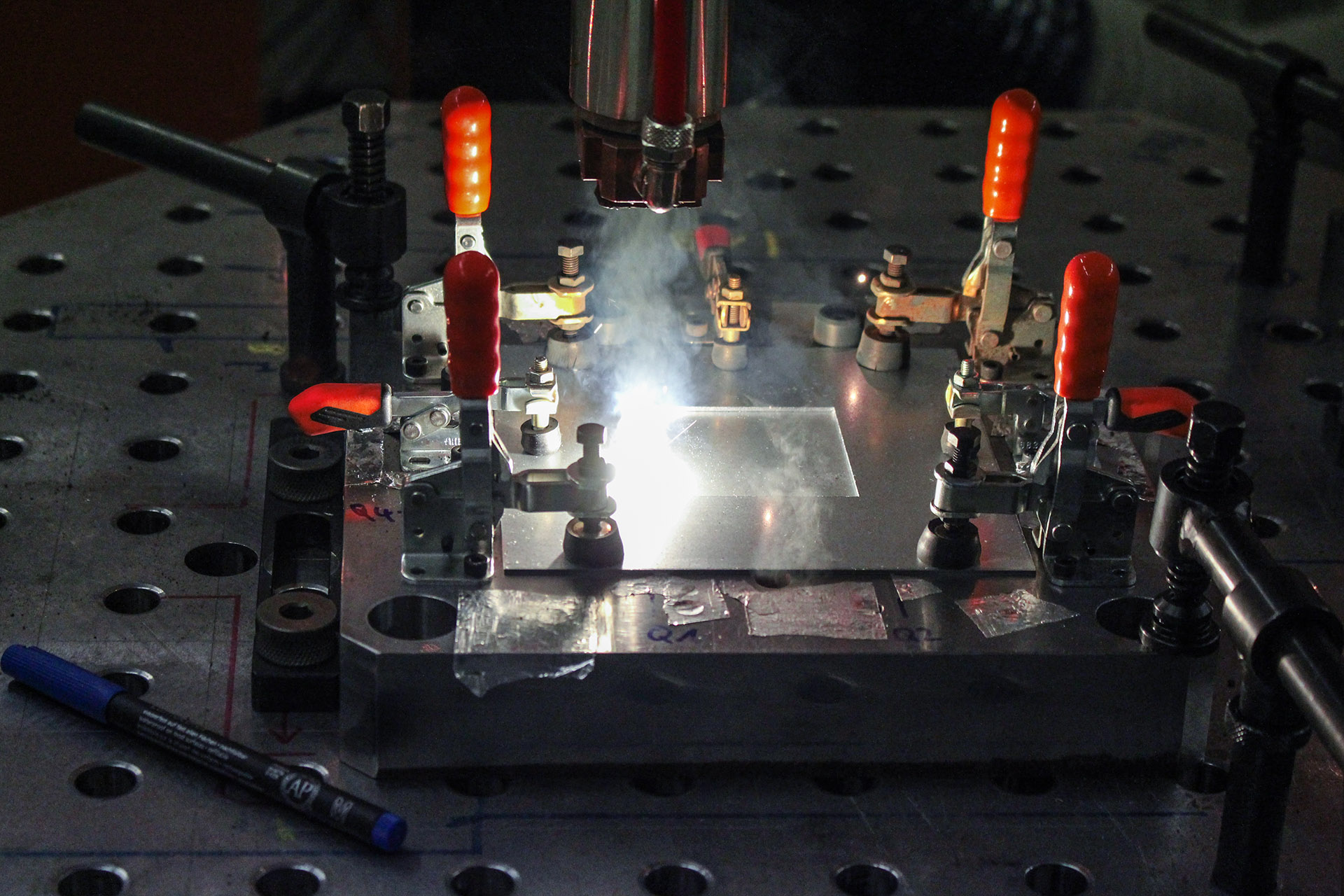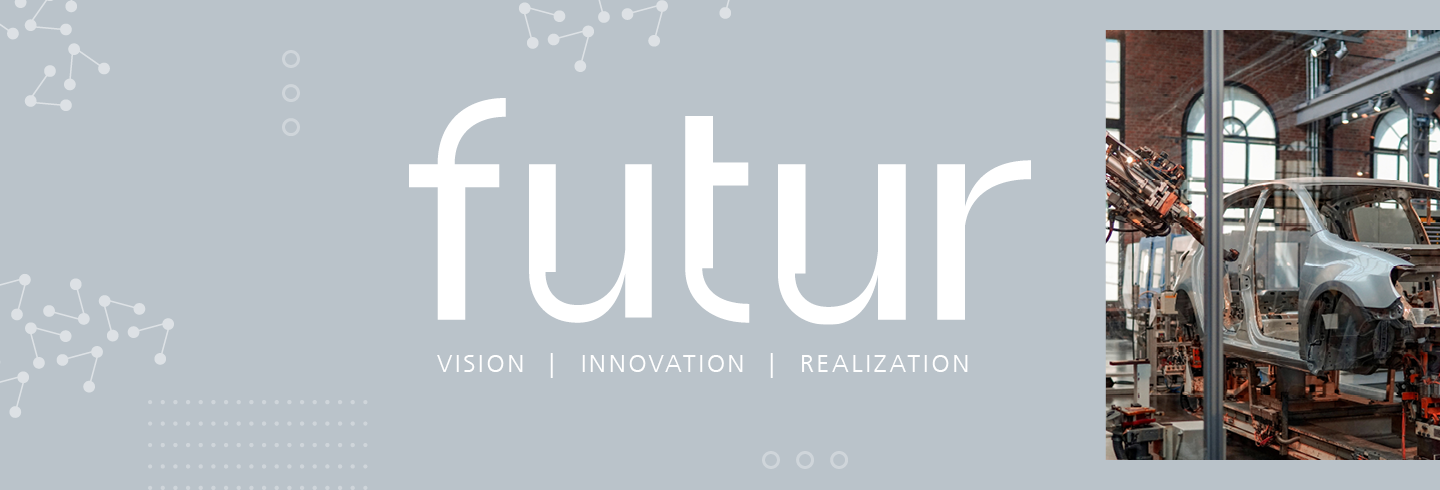Material Matters
Whether medical technology, automotive industry, or shipbuilding, no industry can do without welding. Meanwhile, many metallic components are manufactured additively – which is also a welding manufacturing process. In addition to maximizing efficiency, efforts have also been focusing on environmental protection. Resourcesaving production, sustainable carbon footprints and recyclable long-term solutions are demanded from all directions – including from the manufacturing companies themselves. Fortunately, welding technology in particular offers many opportunities to optimize processes toward greater climate neutrality. Initiatives that use state-of-the-art high-strength steels by means of lightweight construction methods and transform manufacturing processes with digital approaches to simulation not only save resources, but also costs.

The Material makes the Difference
For example, in the automotive industry there are a variety of ways to make welding processes more profitable and sustainable. For the latter in particular, electromobility is considered a key factor, as electric vehicles cause comparatively fewer carbon emissions along their product life cycle. Despite strong subsidies from German policymakers, only 0.6 percent of all registered passenger cars are electric. Above all, the high purchase costs prevent people from switching from passenger cars to electric vehicles. The development of a novel concept for the production of battery housings made entirely of steel is intended to contribute to the realization of a more economical and climate-friendly alternative to the conventional aluminum housing.
The demands on battery housings are high: They must be able to withstand corrosion and also guarantee high crash safety and leak tightness. Battery housings made of galvanized multiphase steel meet these requirements and offer the opportunity to reduce production costs, optimize performance and improve the carbon footprint. To take full advantage of the exceptional material properties of these steels, it is necessary to select suitable joining processes.
Researchers at Fraunhofer IPK are working on making the processes for linear joining of steel battery housings as sustainable as possible. In addition to laser beam welding, laser beam brazing is also being considered as a potential joining process. Laser beam brazing, in which the brazing alloy serves as the joining agent, meets the requirement for high gas-tightness in particular. In addition to the advantages in terms of process technology, the two laser beam joining processes also show high potential with regard to the requirements for a climate-friendly production process. Little research has been done to date into the effects of welding processes on the environment. This makes it difficult for manufacturing companies to take environmental protection considerations into account in the process of creating a product. To evaluate the process, a so-called life cycle analysis is applied to the manufacturing processes.
»Steel-based battery housings can be recycled virtually endlessly.«
A life cycle analysis provides important conclusions about the environmental impact of a product or process. Useful indications for a variety of decision-making processes can be determined this way. The core element of any life cycle assessment is the life cycle inventory. It records all relevant inputs and outputs relating to the »welding process« system. The environmental impact of the process is derived from the accumulated values using categories such as CO2 equivalent, acidification potential or photooxidants.
In practice, it gets interesting and particularly relevant when comparing different welding processes with regard to their environmental impact. It turns out that two input factors often have a particularly large influence on the life cycle assessment of a process: the need for filler material and energy. Thanks to this insight, the researchers were able to limit the influencing variables to be recorded to these two factors. In practice, this reduces the effort for companies that want to carry out a life cycle assessment of their welding processes.
In a direct comparison, steel and aluminum casings lead to similar carbon emissions when in use. However, up to two thirds of greenhouse gas emissions can be saved in the production of steel battery housings. In addition, steel-based battery housings can be recycled virtually endlessly.


Steel goes Digital
Additionally, the carbon footprint can be actively reduced using lightweight construction approaches. The automotive industry is increasingly looking to high-strength and ultrahigh-strength dual- and complexphase steels for this. These steels can provide the same crash safety as conventional steel designs, while at the same time requiring less material to be used.
One example of such construction methods are so-called Tailor Welded Blanks (TWB): semi-finished products in which steels of different tensile strengths are welded together. They thus provide different strength zones in a component. This means that high-quality material only has to be used at the crash-relevant point, such as the B-pillar. At two million vehicles produced per year, installing TWB can save around 32,000 tons of CO2 in the course of production. The reduced weight leads to additional savings. Overall, a savings potential of 85,000 tons of CO2 per year can be assumed.
The TWB's individual sheets are joined by laser beam welding and then given their final shape by deep-drawing. This is currently still a challenge for high strength classes (> 1,000 MPa). The areas in and around the weld seam are particularly susceptible to cracking. Changes in hardness occur due to the high heat input during welding.
After all, Industry 4.0 has long since arrived in the welding sector. Welding power sources are digitized and computers and microprocessors are integrated into modern equipment that can communicate with other devices. This provides the basis for »smart production«. The intelligent periphery of welding equipment makes it possible to continuously improve and optimize applications and processes.
The application of weld structure simulation extends the scope for optimized product development processes. Various result parameters can be read as output: distortion, residual stresses, temperature curves and phase transformations.
Digital methods not only help companies to save resources, but also to reduce the carbon footprint of the entire process chain. With the help of simulation findings, life cycle assessments and detailed process understanding, they can map and analyze entire process chains as digital twins. In this way, time-consuming prototype construction is reduced to a minimum and product creation is digitally optimized even before the first welding.
 Fraunhofer Institute for Production Systems and Design Technology
Fraunhofer Institute for Production Systems and Design Technology